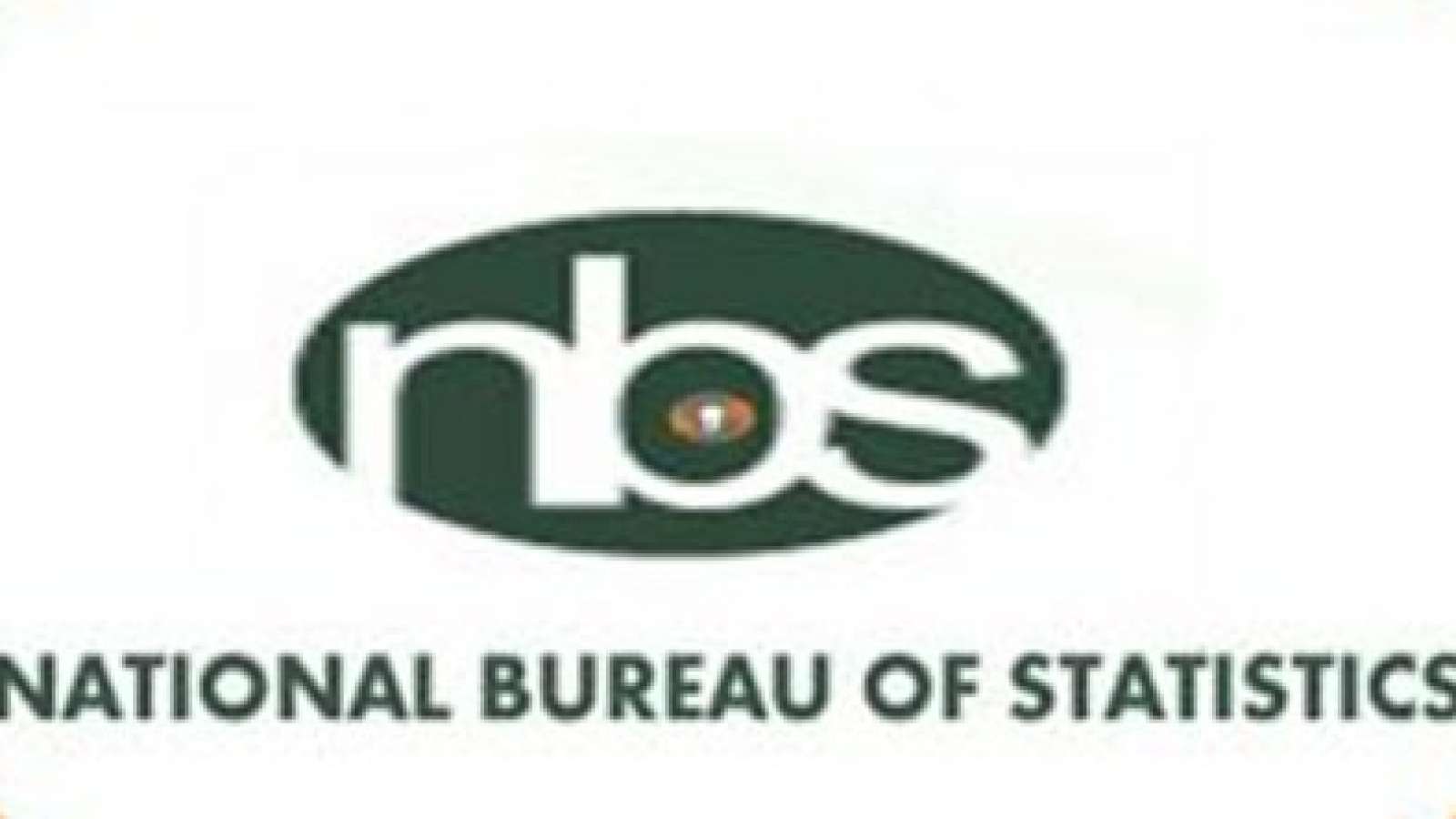Women still don’t have equal access to national decision making, power sharing – NBS
May 1, 2022
The National Bureau of Statistics(NBS) has revealed that women still do not have equal access to decision making and power-sharing at all levels in the country, compared with their male counterparts.
This is according to a report released by the NBS on Gender Statistics Quarterly Bulletin for the First Quarter 2022 on Sunday in Abuja.
The first quarter bulletin focused on three key areas which include: Power and Decision Making, Health, Population, and Education.
According to the report, the percentage share of women in presidential and vice-presidential races from 2019 to 2022 was at 0 per cent and 100 per cent for men.
The number of female and male political aspirants for presidential races in 2019 was 6 and 67, respectively while the vice-presidential races had 22 females and 52 males.
“Political aspirants for governorship in the 2019 election had 80 females and 984 males while deputy governorship aspirants had 271 females and 789 males.
“Also female and male aspirants for senatorial positions in the 2019 election were 234 and 1,649, respectively.”
Also, Chief Judges of Federal High Courts and State High Courts, Judges of the Federal High Courts, State High Courts and Industrial Courts and Chief Registrar of the Supreme Court.
The statistics of ministerial appointments from 1999 to 2021 stood at 13.73 per cent for females and 86.27 per cent for males, while for senatorial appointments, females had a representation of 15.91 per cent and 84.09 per cent for males.
The report revealed that from the return of democracy in 1999 to 2019, Nigeria had not produced female Secretaries to the Government of the Federation.
In the area of health, the report revealed that the number of pregnant women with malaria was 484,269 in 2017 and reduced to 452,380 and 372,577 in 2018 and 2019 respectively.
It said, “The percentage of female medical doctors was 34.60 per cent in 2018, 35.56 and 37.03 per cent in 2019 and 2020 respectively. However, female dental doctors were 44.4, 42.16 and 42.28 per cent in 2018, 2019 and 2020 respectively.”







